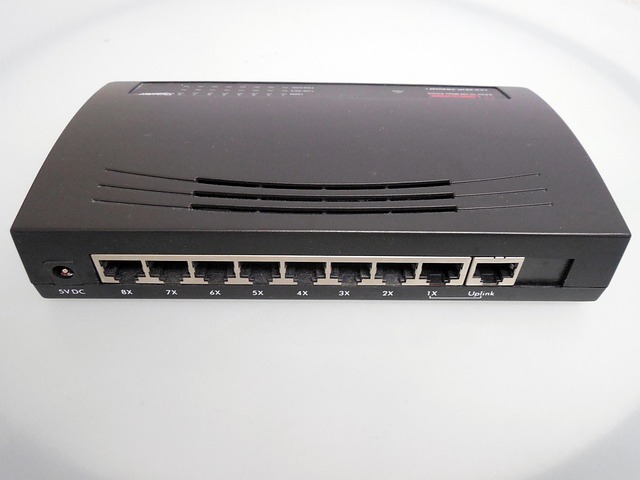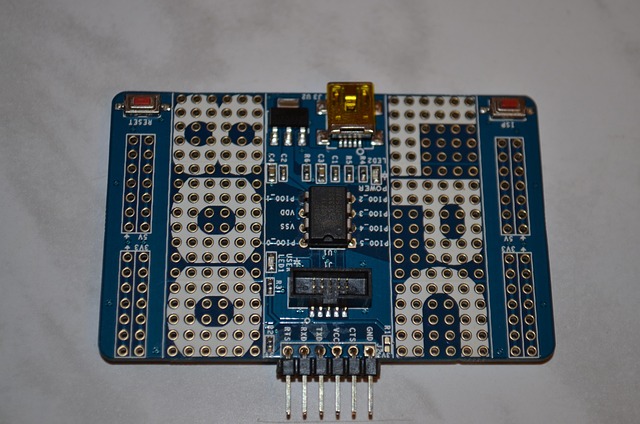
Mastering Network Administration with Essential Hardware for IT Professionals
In the fast evolving landscape of information technology, network administrators face an ever‑growing array of challenges—from ensuring seamless connectivity to safeguarding critical data. While software solutions and cloud services are pivotal, the hardware foundation remains the bedrock of reliable network administration. Mastering the selection, configuration, and maintenance of essential network devices equips IT professionals to build robust infrastructures, preempt failures, and adapt to emerging demands.
Foundational Hardware for Network Administration
Every well‑architected network begins with a handful of core components that provide the necessary throughput, security, and manageability. A balanced approach blends performance, redundancy, and scalability to meet an organization’s operational needs.
- Routers—Gatekeepers that forward traffic between distinct networks.
- Switches—High‑speed devices that connect end points within a local domain.
- Firewalls—Security appliances that enforce access policies.
- Servers—Centralized machines that host network services.
- Network Management Units (NMUs)—Hardware that collects and reports telemetry.
Routers: The Backbone of Inter‑Network Communication
Routers sit at the intersection of multiple networks, translating routing tables into efficient packet paths. For a network administrator, understanding the nuances of routing protocols—such as OSPF, BGP, and RIP—is crucial. Modern routers also provide integrated VPN support, quality‑of‑service (QoS) tuning, and dynamic routing adjustments based on real‑time traffic analysis.
“A well‑configured router can transform a chaotic packet storm into orderly, priority‑based flow.” – Senior Network Engineer
Switches: The Local Fabric of Connectivity
Switches enable devices within a local area network (LAN) to communicate at high speeds, using MAC addresses to forward frames. Layer‑2 switches handle basic frame switching, while Layer‑3 switches add routing capabilities, reducing the need for separate routers in smaller environments. Key considerations for network administrators include:
- Port density and speed (e.g., 10 GbE, 40 GbE).
- Support for Power over Ethernet (PoE) for VoIP phones and wireless access points.
- Advanced features such as link aggregation (LACP) and VLAN segmentation.
Firewalls: Shielding the Network Perimeter
Firewalls remain the first line of defense against external threats. They perform packet filtering, stateful inspection, and, in modern appliances, deep packet inspection (DPI) to detect malicious payloads. For network administration, a firewall must:
- Maintain up‑to‑date rule sets aligned with business policy.
- Support high throughput to prevent bottlenecks.
- Provide logging and alerting capabilities for real‑time threat detection.
Servers and Virtualization: Centralizing Network Services
Servers host critical network services such as DHCP, DNS, authentication (e.g., RADIUS), and VPN endpoints. Virtualization extends hardware utility by allowing multiple virtual machines (VMs) to run on a single physical host, reducing footprint and simplifying management. Network administrators should prioritize:
- High‑availability configurations (e.g., clustered failover).
- Resource allocation for CPU, memory, and storage to meet service demands.
- Regular patching and backup schedules to minimize downtime.
Network Management Units (NMUs): Monitoring the Pulse
NMUs gather metrics from switches, routers, and servers, providing a consolidated view of network health. Key features include SNMP support, real‑time dashboards, and threshold‑based alerts. Proper configuration of NMUs enables proactive issue detection, reducing the mean time to repair (MTTR) and ensuring that network performance aligns with service level agreements (SLAs).
Redundancy and Failover: Building Resilient Infrastructures
Even the most robust network designs are vulnerable to single points of failure. Implementing redundancy at every layer—dual routers, redundant power supplies, and dual links—creates a fault‑tolerant environment. Techniques such as Hot Standby Router Protocol (HSRP), Virtual Router Redundancy Protocol (VRRP), and Link Aggregation Control Protocol (LACP) provide seamless failover, preserving connectivity during component outages.
Power Management: Ensuring Continuous Availability
Uninterruptible Power Supplies (UPS) and redundant power feeds prevent sudden outages that could cascade into prolonged downtime. Network administrators must routinely test UPS battery health, configure automatic load shedding, and maintain a maintenance schedule for power cables and connectors.
Troubleshooting: Diagnosing Common Hardware Issues
Effective troubleshooting starts with a systematic approach:
- Verify physical connectivity—check cables, connectors, and port LEDs.
- Use diagnostic commands (e.g.,
show interfaces,ping,traceroute) to isolate the problem. - Cross‑reference logs from NMUs for error patterns.
- Replace suspected faulty components, such as aging fiber modules or defective NICs.
Maintaining an updated inventory of spare parts and a clear escalation path significantly reduces repair time.
Common Hardware Pitfalls and How to Avoid Them
- Over‑engineering—Selecting high‑end gear that outpaces current needs leads to wasted capital.
- Neglecting firmware updates—Outdated firmware can expose vulnerabilities and degrade performance.
- Insufficient cooling—Overheating components fail prematurely, affecting uptime.
- Inconsistent configuration—Incompatible settings across devices create routing loops and bottlenecks.
Emerging Hardware Trends Impacting Network Administration
As digital transformation accelerates, new hardware solutions are reshaping how network administrators manage infrastructure:
- Software‑Defined Networking (SDN) Switches—Decouple control and data planes, enabling centralized policy management.
- Network Function Virtualization (NFV)—Replace proprietary appliances with virtual instances, reducing hardware footprints.
- Edge Computing Devices—Process data locally, decreasing latency and bandwidth usage.
- Programmable Data Planes—Allow developers to inject custom packet processing logic via languages like P4.
Adapting to these technologies requires continuous learning and flexible procurement strategies.
Preparing for 5G and Beyond
5G networks introduce new bandwidth demands and ultra‑low latency requirements. Network administrators will need to manage densified small‑cell deployments, beamforming hardware, and advanced quality‑of‑service mechanisms. Proactive capacity planning and robust monitoring will be essential to maintain service reliability.
Conclusion: Empowering Network Administrators Through Hardware Mastery
Mastering network administration is a journey that intertwines knowledge of routing, switching, security, and server virtualization with hands‑on expertise in hardware configuration and maintenance. By selecting the right components, implementing redundancy, and staying abreast of emerging trends, IT professionals can build resilient, high‑performance networks that support organizational goals and adapt to future technological shifts.
In the end, the most effective network administrators are those who view hardware not just as tools, but as integral partners in delivering secure, reliable, and scalable connectivity.



